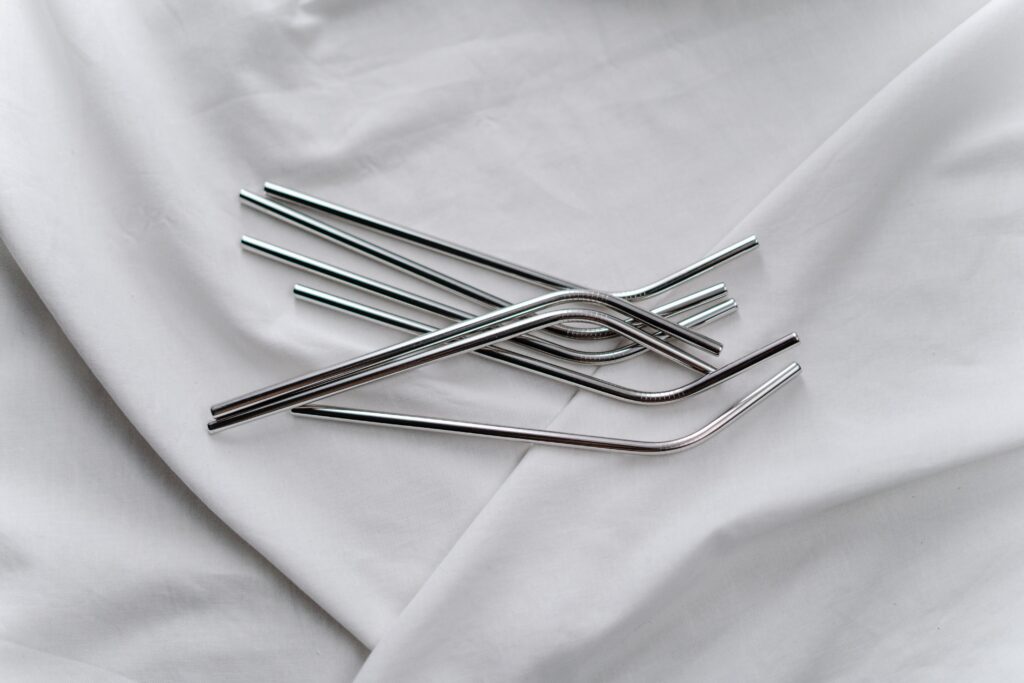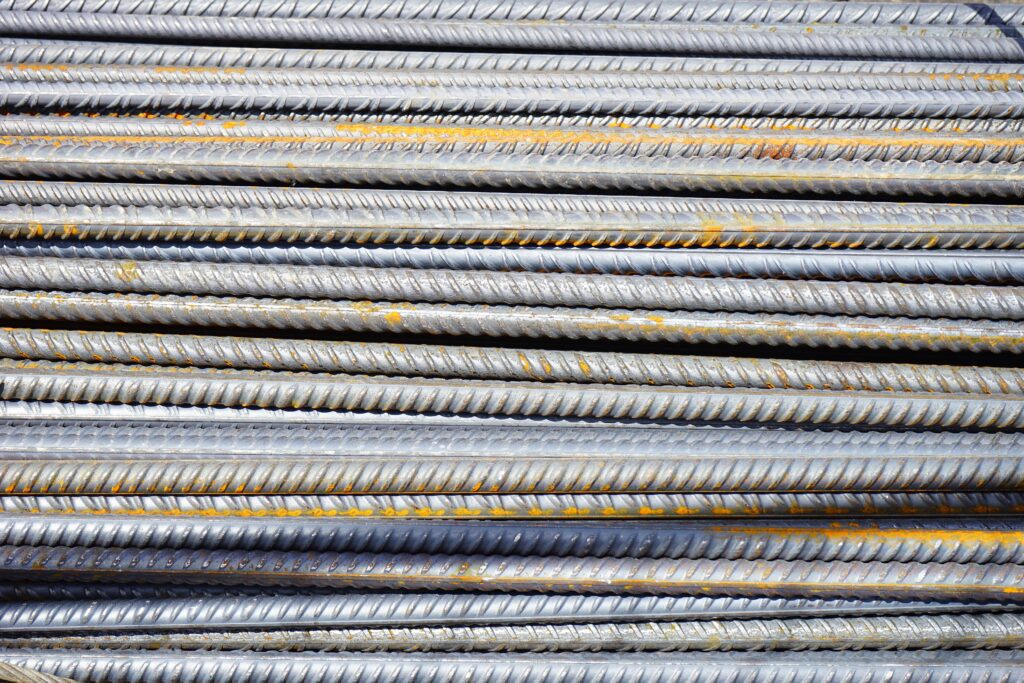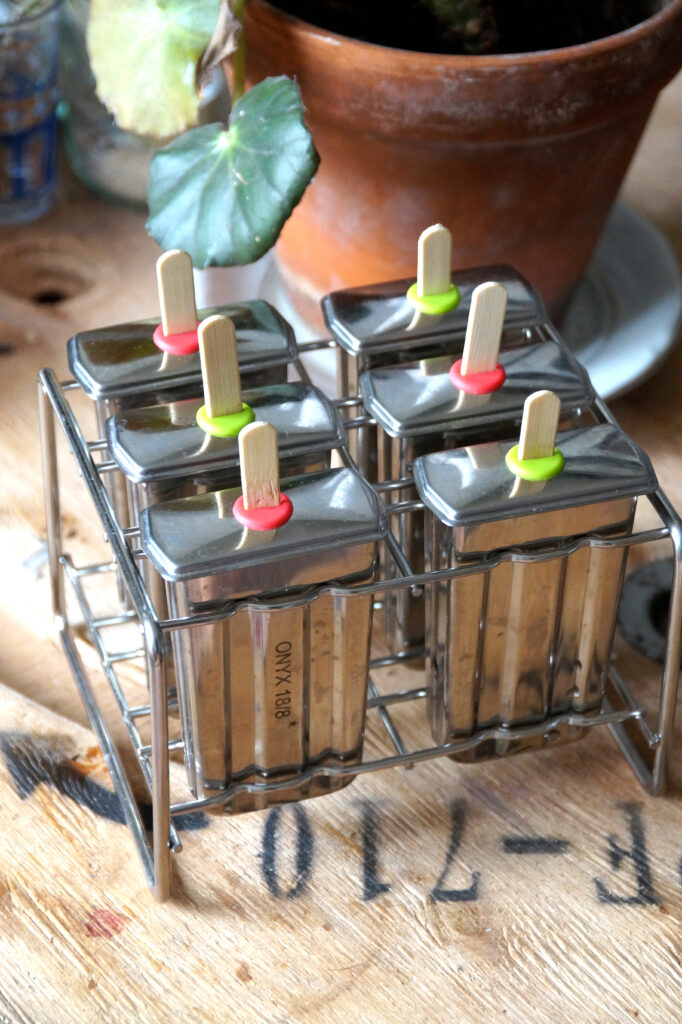Hello everybody! Today’s topic in the impact series is about stainless steel, if you are an avid metal fan I also have a video about aluminum, but the reason why I thought it necessary to talk about steel as well, is because it is a material widely regarded as better than plastic. Many zero waste swaps involve stainless steel products, so I think we need to find out what the actual impact of this material is, in order to use it consciously and sustainably. Let’s do this.

also check out: The Impact of Silicone // how is it different from plastic?
PRODUCTION:
Stainless steel is defined as an iron-containing alloy, which means that it is a mixed material. It is a substance that is made up of two or more chemical elements. Steel is basically iron with most of its carbon removed, and it consists of several elements that are found in the earth. Iron ore, chromium (which is what gives it the stain resistance), silicon, nickel, carbon, nitrogen among others. Depending on how these elements are used and the ratio between them, the final steel product can contain different properties and abilities.
But stainless steel’s main component is iron, so let’s talk about that. Iron does not occur in the environment naturally, it is a highly reactive element, so it easily combines with other elements to form iron ores. Iron ores are retrieved through mining in primarily Australia, Brazil, Russia, and China. Mining any material comes with a big impact because you have to destroy quite a lot of natural environment to maintain a viable business – so mining anything automatically leads to loss of biodiversity and natural habitats. There are more than 800 billion tons of crude iron ore available on the earth. It accounts for 5 percent of the earth’s crust, it is the 4th most abundant element in the crust and 98% of retrieved iron ore is used to make steel. This industry is responsible for 8% of annual global emissions (3.3 million tons of CO2) – which is more than plane travel, or the internet (McKinsey & Company 2020).
On average, every ton of steel produced emits 4.2 tons of CO2. But where, other than mining, does the impact come from?

also check out: THE IMPACT OF BAMBOO // the most sustainable material?
When making steel, iron ore, and the other respective elements are heated in an electric blast furnace for 8-12 hours. Here there is a huge impact, just like with glass production, because maintaining intense heat requires a lot of energy and furnaces usually run on fossil fuels.
After the initial heat treatment, the elements have been melted and refined. However, the process is not over. The steel is sent through a secondary heat treatment where it is both heated and cooled down to relieve pressure and to soften the metal.
50% of the production of steel is powered by coal, 35% is powered by electricity, 5% is powered by natural gas, 5% is powered by other gasses (greenspec).
Furthermore, during the 21st century, the production of steel has doubled from 20 million tons a year, to 40 million tons. However, up to 80% of new stainless steel produced today, is based on scrap metal, aka recycling, which we will come back to in a second.

also check out: THE IMPACT OF NUCLEAR ENERGY *drama and confusion*
USAGE:
Stainless steel is used in a wide variety of products, the most frequent one of which is as a core material in construction, which accounts for 51% of all steel used. The transportation industry is also a large consumer of steel products and 200,000 tons of stainless steel is used by the food industry in North America every year, for food production and storage. Most households have several stainless steel products in their house, especially in their kitchen.
Luckily, steel products are very rarely disposable, or single-use. We see this more frequently with aluminum, which contains some of the same elements but is treated differently. Steel is usually 2.5 times denser than alu and does also come with a higher production impact, it also costs more to produce steel, which I assume is the number reason for not using it for single-use purposes, but still, it’s a giant plus.
Stainless steel is also non-toxic, in comparison to types of plastic that leak toxins and chemical fillers into food and skin, for instance when plastic products are exposed to heat. However, steel does not, unless it is treated with coatings like BPA, which is the case with aluminum more often than with steel.

also check out: CARBON OFFSETS // does it work (the impact of ‘plant a tree’ campaigns)
RECYCLING:
Stainless steel is quite easy to recycle, and like glass and alu the quality of the material is not gradually decreased by the number of times it goes through recycling, as is the case with plastic and paper. So no virgin steel eventually has to be added to maintain a certain quality. Steel also has one of the highest global recycling rates in the world, which was measured at 86% in 2014 ( Steel Recycling Institute) Furthermore, to break the recycling of steel into smaller sections it is estimated that 95% of the steel used in the automobile industry is recycled, 88% in appliances and 70% of steel packaging is recycled.
This is a good thing because recycling steel has a smaller carbon footprint than when you make it from scrap rather than scratch. It is estimated that to make 1 ton of steel, 4,2 tons of CO2 is emitted, this is drastically lowered during the recycling process. If new steel products are made with 50% recycled steel, the CO2 emissions go below 2 tons per 1 ton of steel.
One ton of recycled steel also saves 642 kilowatt-hours of electricity, 76 gallons of oil, 4 yards of landfill space, and 2,500 pounds of iron ore. Recycling steel requires 25% less energy, uses 75% less water, and emit 75% less air pollution than producing virgin steel.
However, landfills are still not free of steel, the EPA reported in 2018 that 10.5 million tons of steel were sent to landfill in the US.

also check out: THE IMPACT OF FAST FASHION // all you need to know
IS STEEL BETTER THAN PLASTIC?
Steel, as well as other types of metal generally has a higher energy input during production, steel production has higher emissions than plastic production per ton because steel is heavier. However, that is not the whole story.
Plastic has a more long-lasting negative impact because it brings several issues with it, from recycling inefficiency, the global recycling rate of plastic is merely 9%, and there is also the issue of ocean pollution and microplastic, recently found in human placentas. Plastic pollution is a larger natural disruptor than steel mining, and steel as a material. Steel is not biodegradable, because it is a non-reactive material, however, it will not release CO2, or fumes, or chemicals when laying in nature, which plastic well.
Furthermore, while steel production also utilizes fossil fuels for power, plastic is much more dependent on it, as crude oil is a primary component in plastic production, and the oil industry is by far the most polluting on the planet. In other good news electricity as a power source to produce steel seems to be increasing.
Plastic can also only be recycled 1-3 times, whereas steel is infinitely recyclable.
Lastly, while stainless steel initially causes more emissions, plastic continues to emit greenhouse gasses all through its lifecycle, also when it ends in landfill.

also check out: THE ENVIRONMENTAL IMPACT OF COTTON
However, replacing a single-use plastic product with a single-use steel product would absolutely not be more sustainable. A good example to show what I mean is by looking at this study of straws, and their energy consumption and CO2 emissions. A stainless steel straw requires significantly more resources to produce than a plastic straw, it releases more CO2, and so the stainless steel straw will only be more sustainable, in terms of emissions, if it is used 150 times, so only if it replaces 150 plastic straws. Which is realistic for a product that lasts forever, and if you only buy a few and don’t lose them.
So make sure to only buy stainless steel products that you will actually get enough wear out of. Luckily, steel is a lot more long-lasting than plastic, and won’t break easily, so it is not at all difficult to reuse a stainless steel product 150 times. (Tolbert & Koscielak 2018)
Is stainless steel sustainable? If it recycled and used in a closed-loop, powered by electricity or other clean types of energy, then absolutely, stainless steel is sustainable when consumed consciously and many times. I personally love my stainless steel lunch box and chopsticks, both of which I have had for more than 5 years, so I guess they have passed their 150 uses. If not, they definitely will.
also check out: THE IMPACT OF PLASTIC







